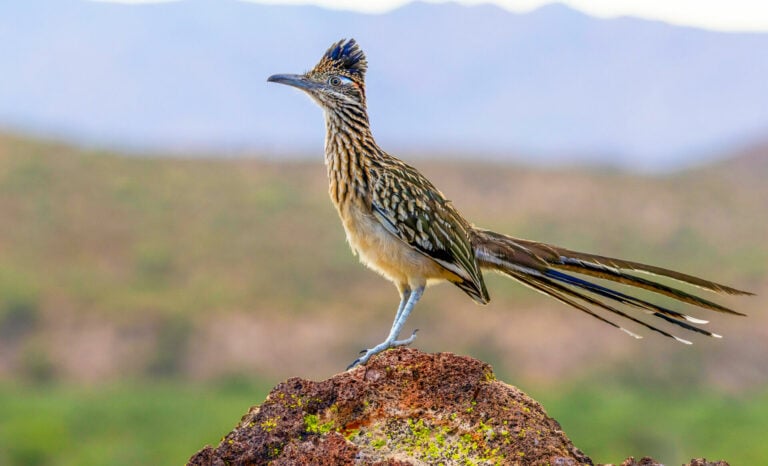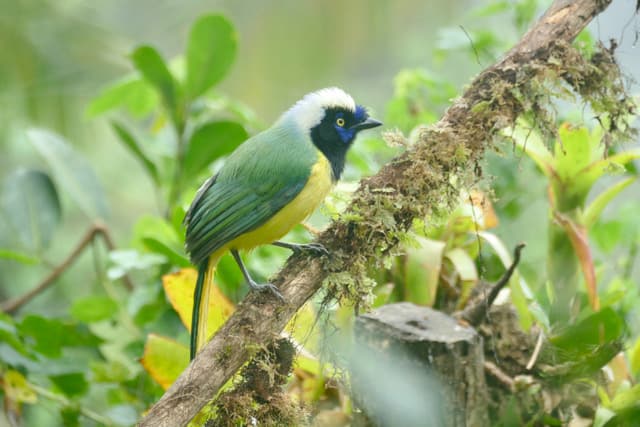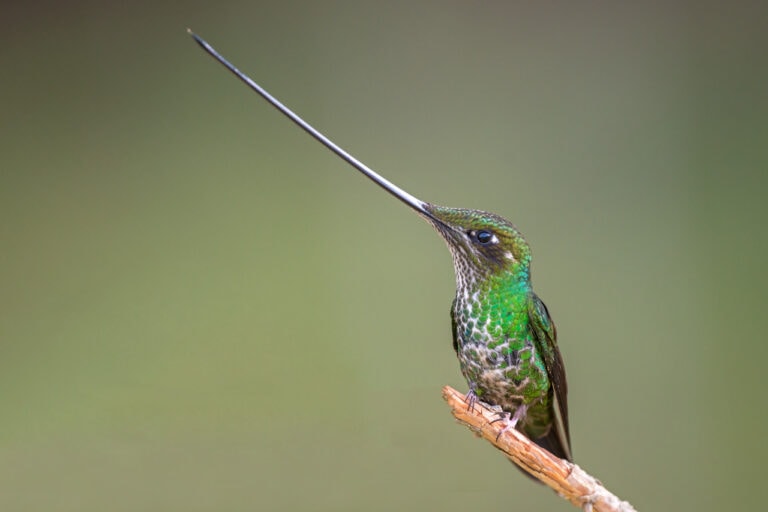Bhutan – Birds, Mammals and Monasteries
We recently added this trip to Bhutan since the demand for our spring 2026 trip was overwhelming. There’s a nice wrinkle to this one, though—a visit to Bhutan’s annual Crane Festival, a cultural Bhutanese highlight, that takes place annually on November 11. Otherwise, the itinerary is very similar to the one we run each spring. For a complete list of the 340 species seen by last spring’s tour group, check out their trip report.
It’s no wonder that it’s possible to see so many birds in a trip that’s less than three weeks long. Bhutan, a country roughly the size of Maryland, has almost 600 species of birds. Over 70% of its land is forested with 25% protected by National Parks. You’ll visit a range of ecosystems varying from sub-tropical at 150m to alpine at over 4,500m. On this 19-day trip, some of the major targets you’ll be looking for include the big three pheasants—Himalayan Monal, Satyr Tragopan, and Blood Pheasant—as well as some unusual birds like the Ibisbill, some beautiful birds like the Fire-tailed Myzornis, Ward’s Trogon and the aptly named Beautiful Nuthatch, and some critically endangered birds like the Rufous-necked Hornbill, the White-bellied Heron, and, on this particular tour, the Black-necked Crane. You can also expect to see 10-15 species of mammals (the group last year was fortunate enough to see Red Panda). Our Bhutanese guide from Langur Eco Travels will not only introduce you to the fauna but also the flora of Bhutan (famous for its rhododendrons) and its culture (our trip includes visits to several famous sites, including the Tiger’s Nest Monastery).
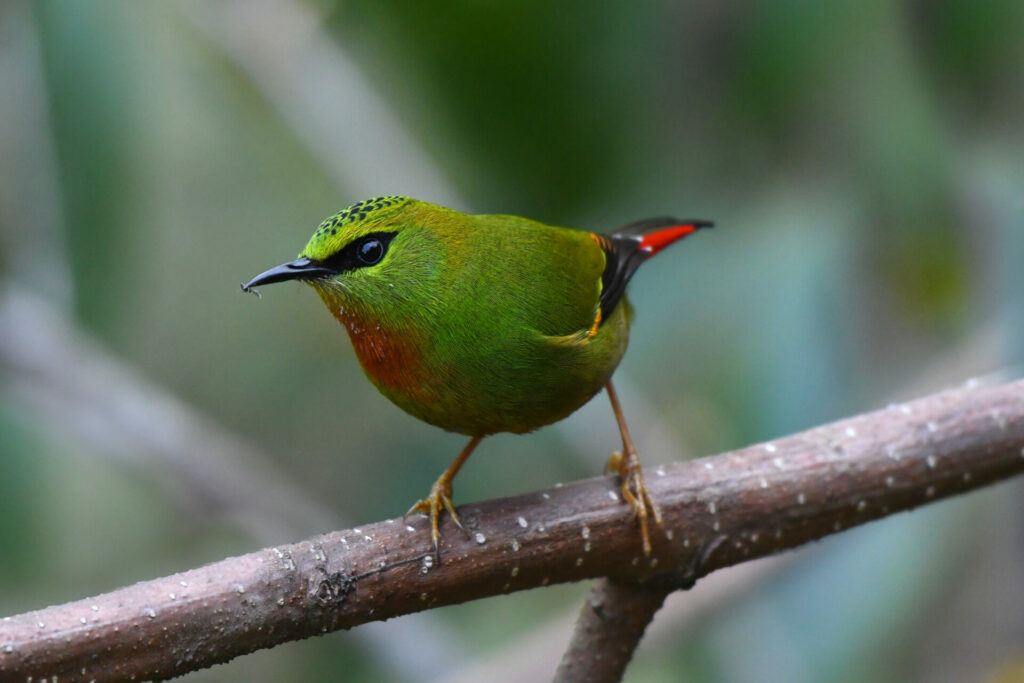 Fire-tailed Myzornis / Chubzang Tangbi
Fire-tailed Myzornis / Chubzang Tangbi60 Minutes has a fascinating segment on Bhutan. Click here to watch it.
TOUR COST
Group Size: 3 – 8 guests
Total: US$4,985 per person, double occupancy
Total: US$5385 per person, single occupancy
FLIGHTS
Druk Air/Bhutan Airlines
Bangkok to Paro and Guwahati to Bangkok + US$935 per person
Note: Flight costs are current prices and are subject to change.
For more information, or to sign up for this trip, contact Eric Schroeder at tr***********@*************ds.org. Please do not contact the vendor first.
Langur Eco Travels is still working to complete the Itinerary for this trip. To see the Itinerary for a probably close-to-identical trip, see our Nov 7, 2025 trip.…

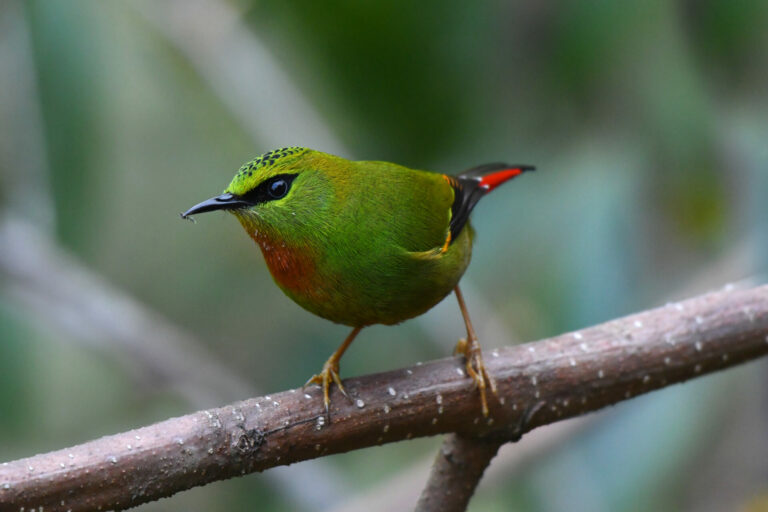
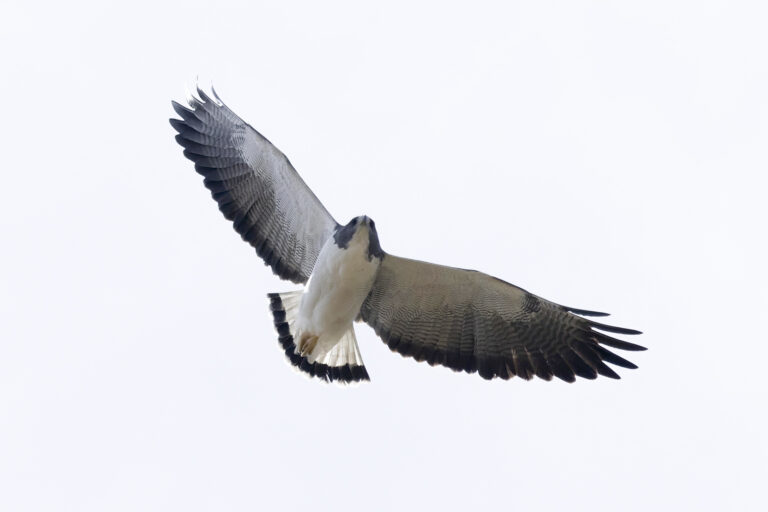
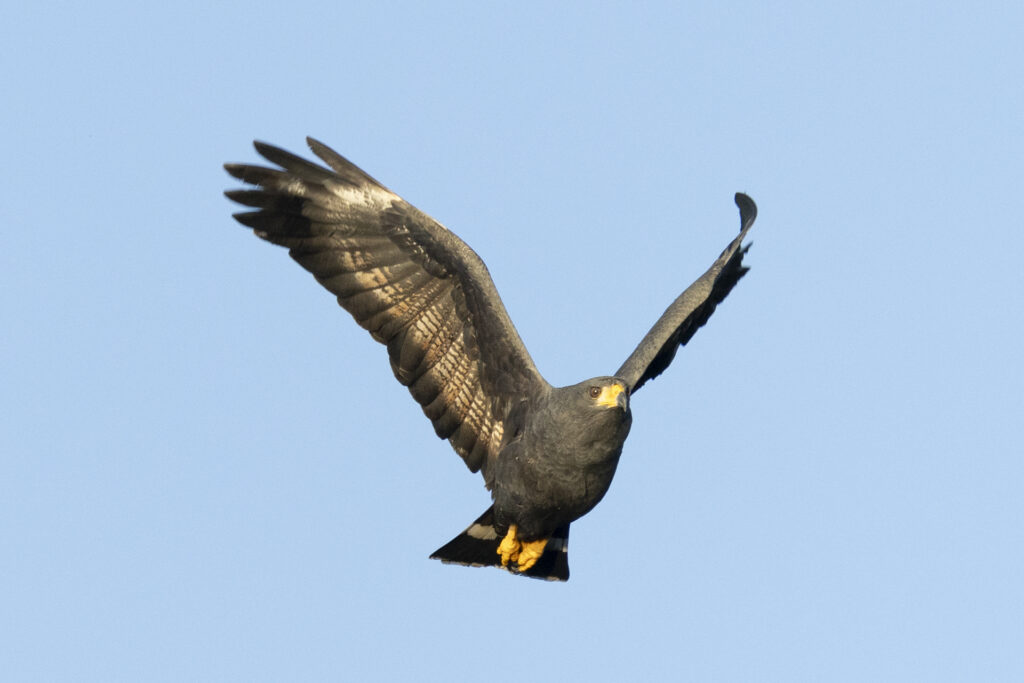
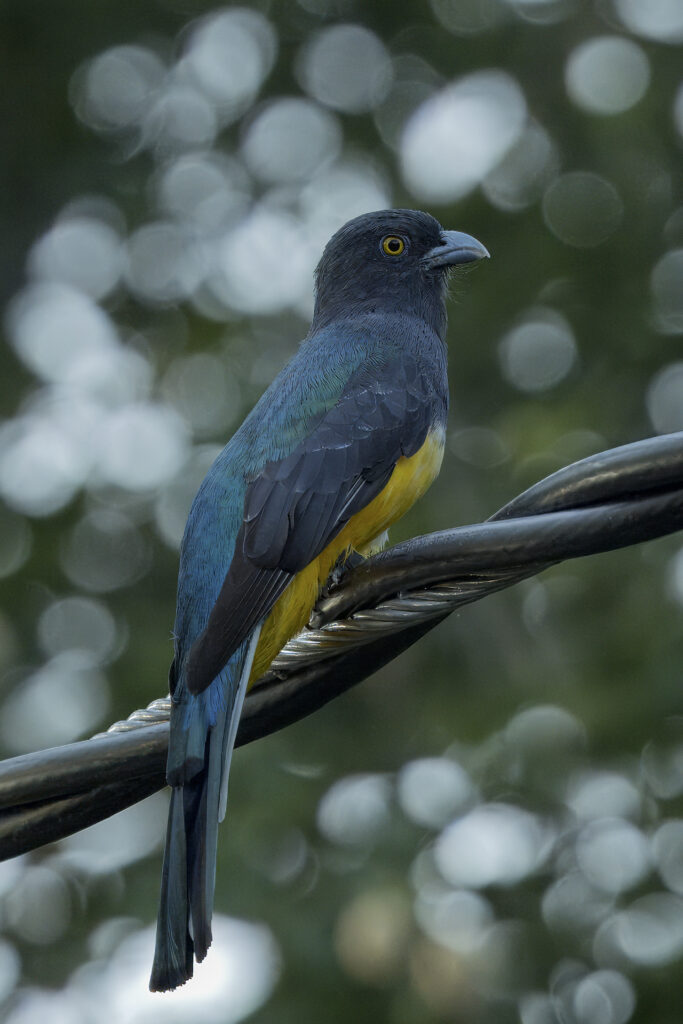 Citreoline Trogon / Bob Lewis
Citreoline Trogon / Bob Lewis